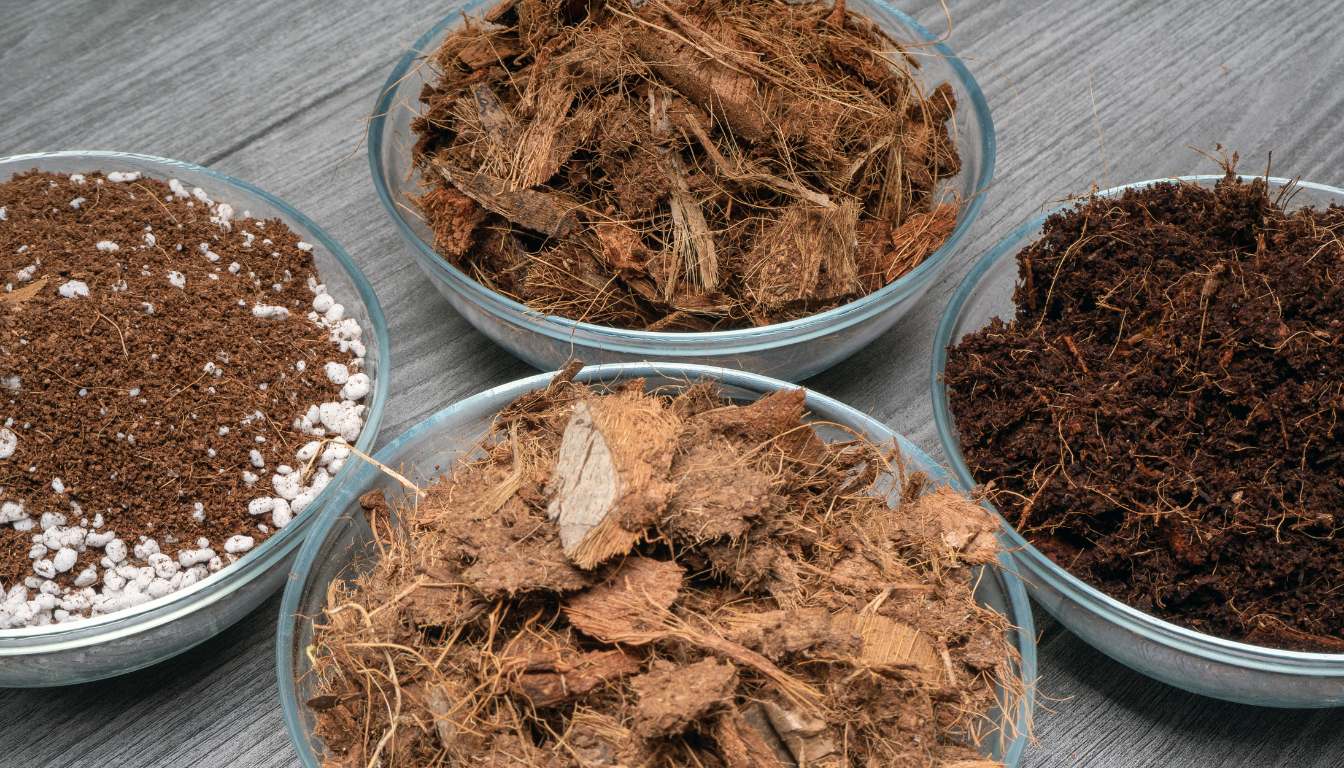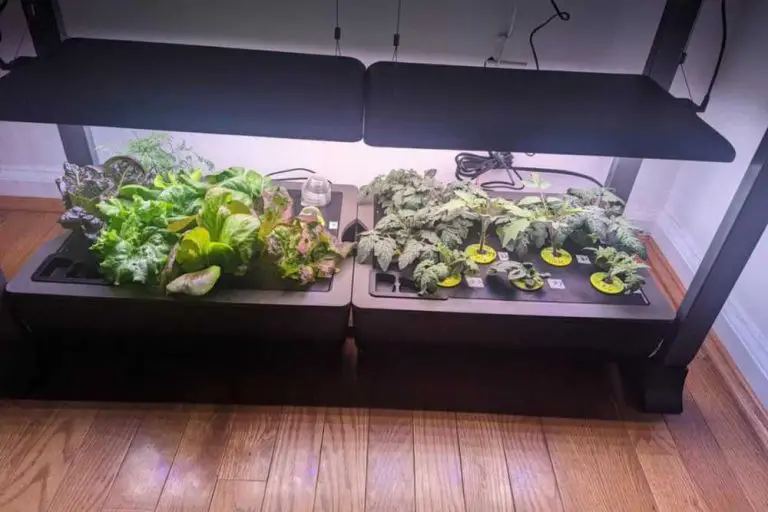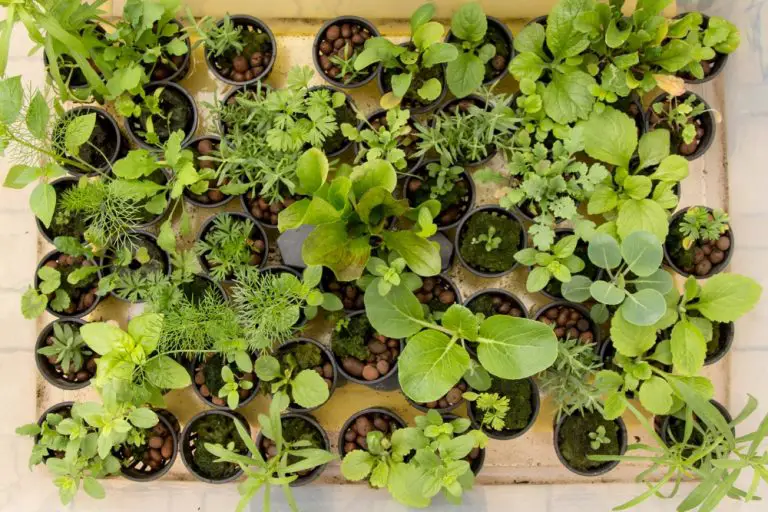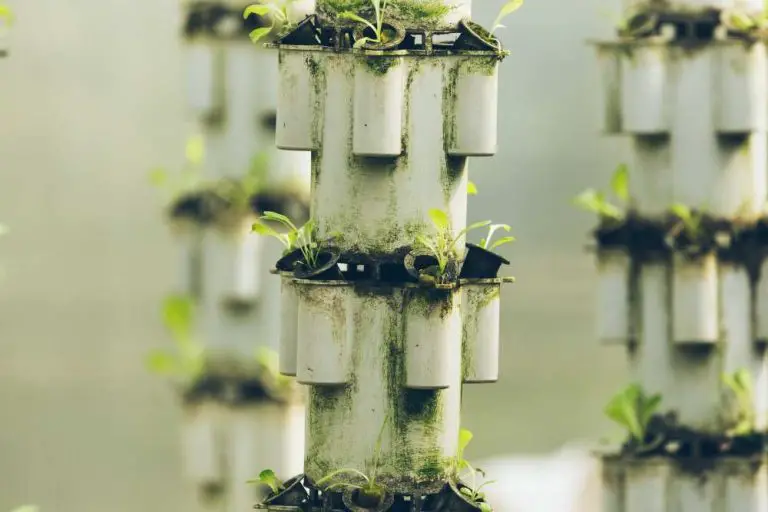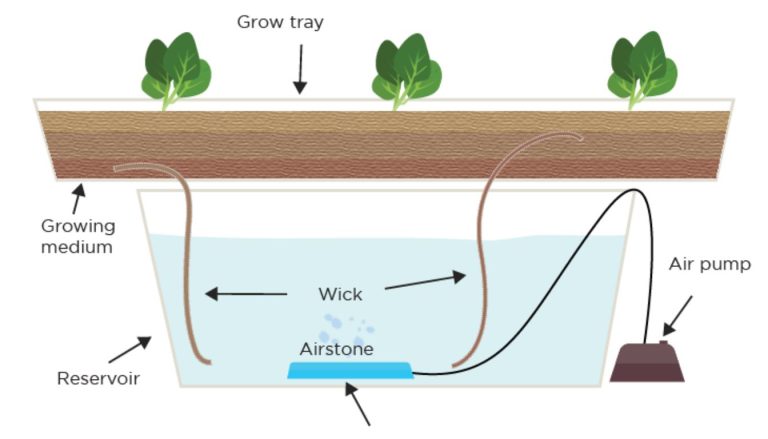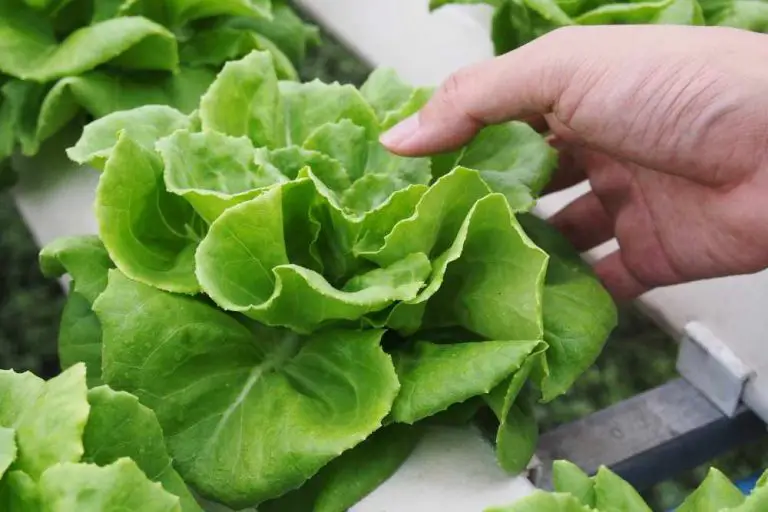What is the Medium Used in Hydroponics: Ultimate Guide to Hydroponics
In hydroponics, the choice of growing medium is crucial for the success of your plants. Unlike traditional soil-based gardening, hydroponics relies on a substitute medium to provide physical support, nutrient absorption, and optimal water and air balance for the plant roots.
There are various types of growing mediums used in hydroponic systems, each with its own advantages and disadvantages. From perlite and coconut coir to vermiculite, rock wool, and expanded clay pellets, the options are diverse and cater to specific plant and system requirements.
Dive into our informative guide exploring “What is the medium used in hydroponics”. Uncover how these soil-less solutions revolutionize agriculture.
Read – Hydroponic Indoor Gardening Techniques
Key Takeaways:
- Hydroponics requires a substitute medium to replace traditional soil.
- Growing mediums provide physical support, nutrient absorption, and water and air balance.
- Types of hydroponic growing mediums include perlite, coconut coir, vermiculite, rock wool, and expanded clay pellets.
- Each medium has its advantages and disadvantages, catering to specific plant and system requirements.
- Choosing the best hydroponic medium depends on water retention, aeration, pH stability, nutrient availability, and more.
What is Hydroponics?
Hydroponics is a revolutionary method of growing plants without the use of soil. Instead, plants are grown in nutrient-rich water solutions that provide all the necessary elements for their growth. This innovative technique offers several advantages, including faster growth, higher yields, and reduced water consumption.
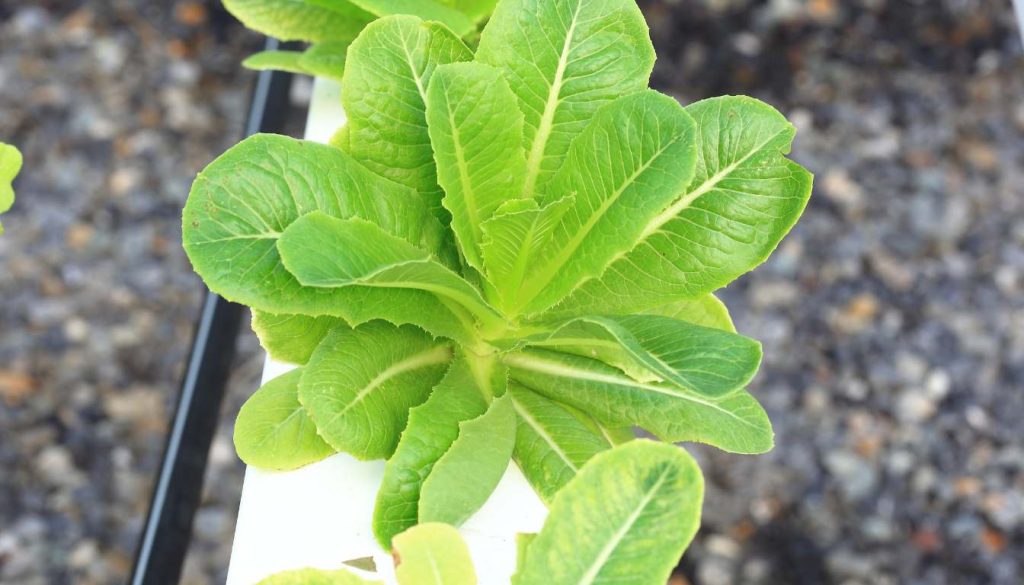
By eliminating the need for soil, hydroponics allows for precise control over nutrient delivery, ensuring that plants receive the optimal amount of nutrients at all times. This leads to accelerated growth rates and increased harvest yields compared to traditional soil-based cultivation methods.
Read – What is Organic Hydroponic Gardening?
Additionally, hydroponics minimizes water waste as the nutrient-rich water solutions are recirculated within the system. This not only conserves water but also eliminates the risk of nutrient runoff, reducing the environmental impact of plant cultivation.
With the ability to be practiced in limited spaces, hydroponics enables gardening in urban areas and allows individuals with small living spaces to cultivate their own fresh produce. The method also eliminates the risk of soil-borne diseases, providing a cleaner and healthier growing environment for plants.
Read – What Plants Grow Well in Hydroponics?
Overall, hydroponics offers a sustainable and efficient way to grow plants, with faster growth, higher yields, reduced water consumption, and the ability to garden in limited spaces. By understanding the principles and benefits of hydroponics, gardeners can make informed choices when selecting the best-growing medium for their specific needs.
Different Types of Growing Mediums
In hydroponics, the choice of growing medium plays a crucial role in supporting plant roots and facilitating nutrient absorption. There are various types of growing mediums available, each with its unique properties and characteristics. Let’s explore some of the most common types:
Inert Mediums

Inert mediums include rockwool, perlite, coconut coir, and vermiculite. These mediums do not provide any nutritional value to the plants but offer excellent support and allow for the free flow of water and nutrients. They have good water retention capabilities and promote adequate aeration for optimal root health.
Soilless Mediums
Soilless mediums such as peat moss, expanded clay pellets, and growstones offer a balanced blend of water retention, aeration, and nutrient availability. These mediums are lightweight, provide good drainage, and maintain a stable pH level. They are ideal for hydroponic systems where precise control over nutrient delivery is desired.
Organic Mediums
Organic mediums, such as compost, manure, and rice hulls, provide additional nutritional value to the plants. They contain organic matter that breaks down over time, releasing essential nutrients. These mediums are suitable for organic hydroponic gardening and can contribute to overall plant health and growth.
Each type of growing medium has its own advantages and considerations. Factors to consider when choosing a medium include water retention, aeration, pH stability, nutrient availability, and specific plant and system requirements. Selecting the right growing medium is essential for creating an optimal environment for plant growth and maximizing yield potential.
| Type of Growing Medium | Advantages | Considerations |
|---|---|---|
| Inert Mediums (Rockwool, Perlite, Coconut Coir, Vermiculite) | – Excellent support for plant roots – Good water retention – Promotes aeration | – Does not provide nutritional value – Requires careful pH monitoring |
| Soilless Mediums (Peat Moss, Expanded Clay Pellets, Growstones) | – Balanced water retention and aeration – Lightweight and easy to manage – Stable pH levels | – May require additional nutrient supplementation – Can be more expensive |
| Organic Mediums (Compost, Manure, Rice Hulls) | – Provides additional nutritional value – Promotes overall plant health – Suitable for organic gardening | – May require additional pH adjustments – Decomposition process may affect water retention |
Choosing the Best Medium
When it comes to hydroponics, selecting the right growing medium is crucial for the success of your plants. Several factors need to be taken into consideration to ensure that you choose a medium that aligns with your specific plant requirements and overall system goals. Let’s explore the pros and cons of different growing mediums and the factors you should consider before making a selection.
Read – 27 Hydroponics Advantages and Disadvantages
Types of Growing Mediums
There are various types of growing mediums available for hydroponics, each with its own set of advantages and disadvantages. Understanding these options will help you make an informed decision:
- Perlite: Lightweight and porous, perlite provides excellent aeration but has low water retention capabilities.
- Coconut Coir: Made from coconut husks, coconut coir retains water well and promotes good root development.
- Vermiculite: Known for its water-holding capacity, vermiculite is great for moisture-loving plants but offers limited aeration.
- Rockwool: Made from volcanic rock, Rockwool provides excellent water retention and aeration, but it can raise the pH level of nutrient solutions.
- Expanded Clay Pellets: Lightweight and pH-neutral, clay pellets offer good drainage and aeration, but they don’t retain water well.
Factors to Consider
When choosing a growing medium, several factors should be taken into account:
- Specific Plant Requirements: Different plants have different needs when it comes to water retention, aeration, and nutrient availability. Make sure to choose a medium that aligns with your specific plant’s requirements.
- Cost and Availability: Consider the cost and availability of the growing medium. Some mediums may be more expensive or harder to come by, impacting the overall feasibility of your hydroponic project.
- Sustainability: Look for mediums that are sustainable and environmentally friendly. Choosing organic or recycled mediums can help minimize waste and promote a greener approach to hydroponic gardening.
- Compatibility: Ensure that the growing medium you choose is compatible with your hydroponic system. Consider factors such as pH stability and nutrient delivery to maximize the efficiency of your system.
| Medium | Advantages | Disadvantages |
|---|---|---|
| Perlite | Excellent aeration | Low water retention |
| Coconut Coir | Good water retention, root development | May require additional nutrients |
| Vermiculite | High water-holding capacity | Limited aeration |
| Rockwool | Good water retention and aeration | Can raise pH level, requires pH balancing |
| Expanded Clay Pellets | Good drainage, lightweight | Low water retention |
By considering these factors and understanding the advantages and disadvantages of different growing mediums, you can make an informed decision that will contribute to the success of your hydroponic project. Take the time to evaluate your specific plant requirements, cost, availability, sustainability, and compatibility with your system to choose the best-growing medium for your needs.
Management and Maintenance of Growing Mediums
Proper management and maintenance of growing mediums in hydroponics are crucial for ensuring optimal plant growth and productivity. To start, it is important to prepare and sterilize the growing medium before use. This helps to ensure cleanliness and sterility, preventing the growth of harmful pathogens that could negatively affect plant health.
Monitoring and maintaining appropriate moisture levels and pH balance are also essential for the well-being of your hydroponic plants. Regular monitoring helps ensure that the medium is neither too dry nor too saturated, providing the perfect balance of moisture for healthy root development. Monitoring and adjusting the pH level of the medium is equally important, as it directly affects nutrient uptake by the plants.
In addition to regular maintenance practices, such as fluffing or turning the medium to prevent compaction and improve aeration, it is important to consider sustainable practices for recycling and reusing growing mediums.
Recycling helps reduce waste and promotes environmental responsibility, making hydroponic gardening more sustainable in the long run. Properly managing and maintaining your growing mediums can create a nurturing environment for your plants and achieve successful hydroponic gardening.
Read – Hydroponic Indoor Vegetable Gardening
FAQ
What role does the growing medium play in hydroponics?
The growing medium in hydroponics provides physical support for plant roots, promotes root health and nutrient uptake, and ensures the optimal balance of air and water.
What are the different types of growing mediums used in hydroponics?
The types of growing mediums used in hydroponics include perlite, coconut coir, vermiculite, rockwool, and expanded clay pellets.
How do you choose the best-growing medium for a hydroponic system?
The best-growing medium for a hydroponic system depends on water retention, aeration, pH stability, nutrient availability, and specific plant and system requirements.
How should the growing mediums in hydroponics be managed and maintained?
Proper management and maintenance of growing mediums in hydroponics involve preparation and sterilization techniques, monitoring moisture levels and pH balance, regular maintenance to prevent compaction and recycling and reusing growing mediums in a sustainable manner.
- 15 Ingenious Kitchen Garden Ideas to Cultivate Freshness Right at Home - April 7, 2024
- 10 Top Picks Best Plants for Open Terrarium - April 2, 2024
- 21 Easy and Cheap Walkway Ideas for a Charming Garden - March 31, 2024

